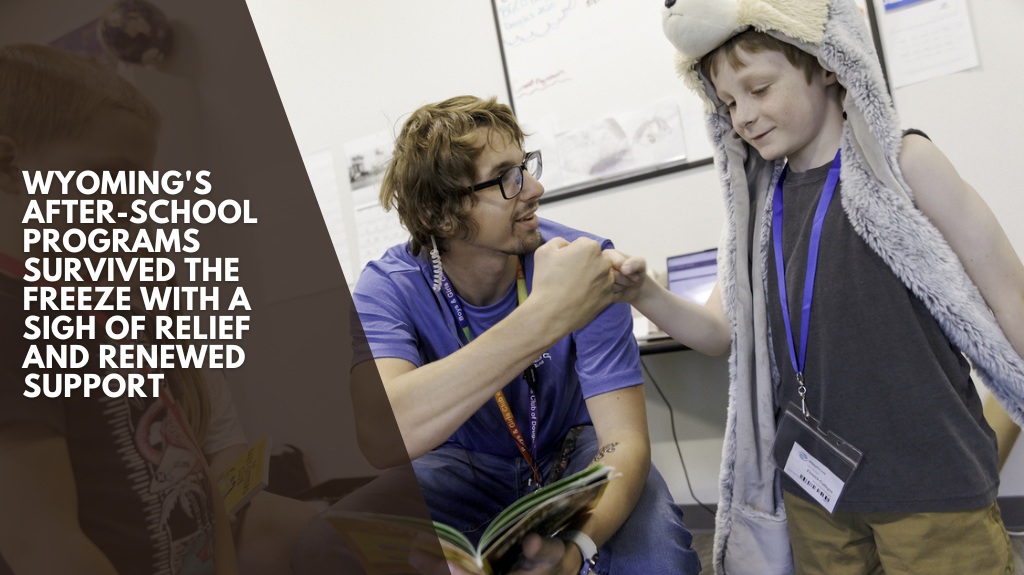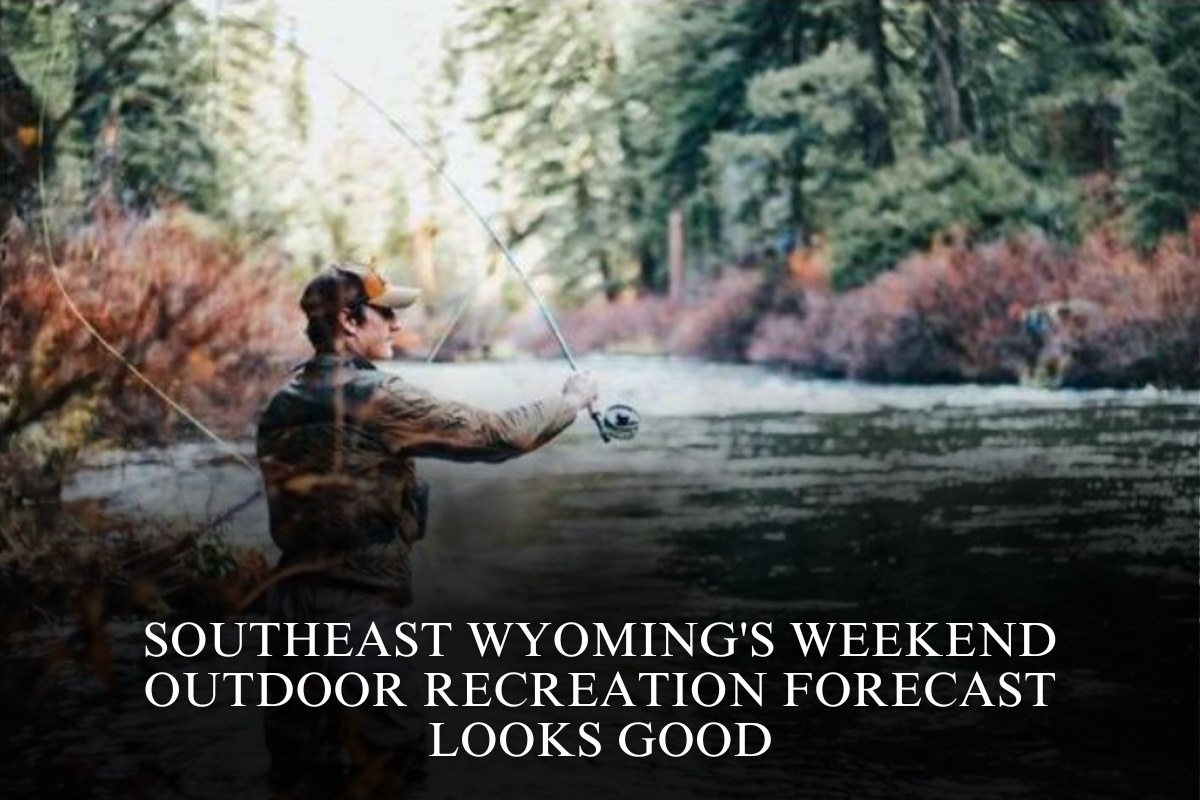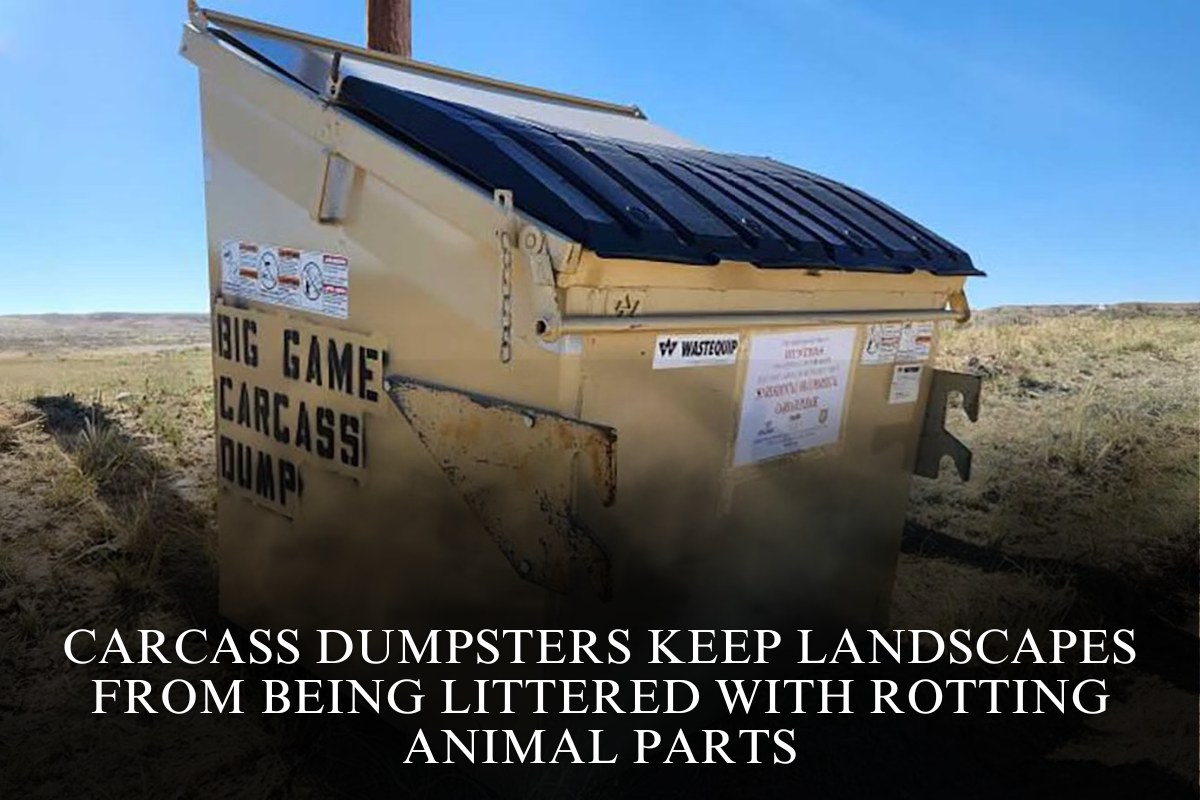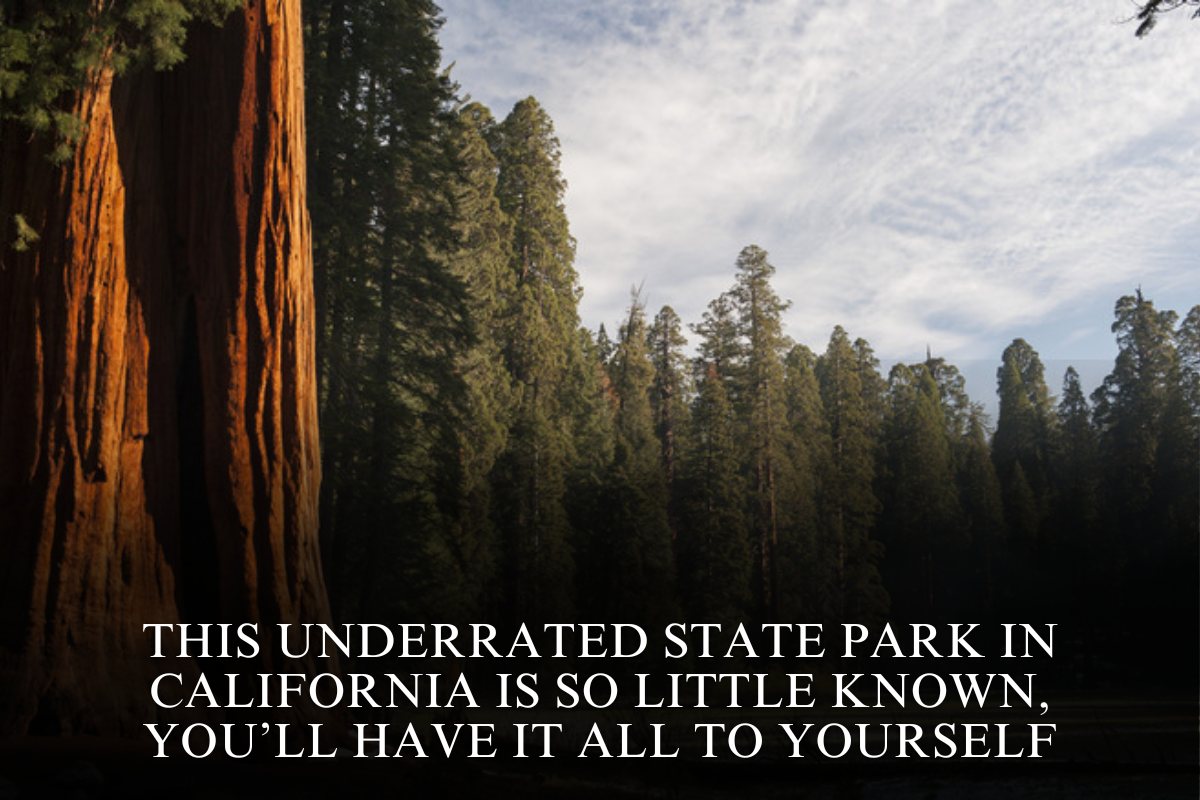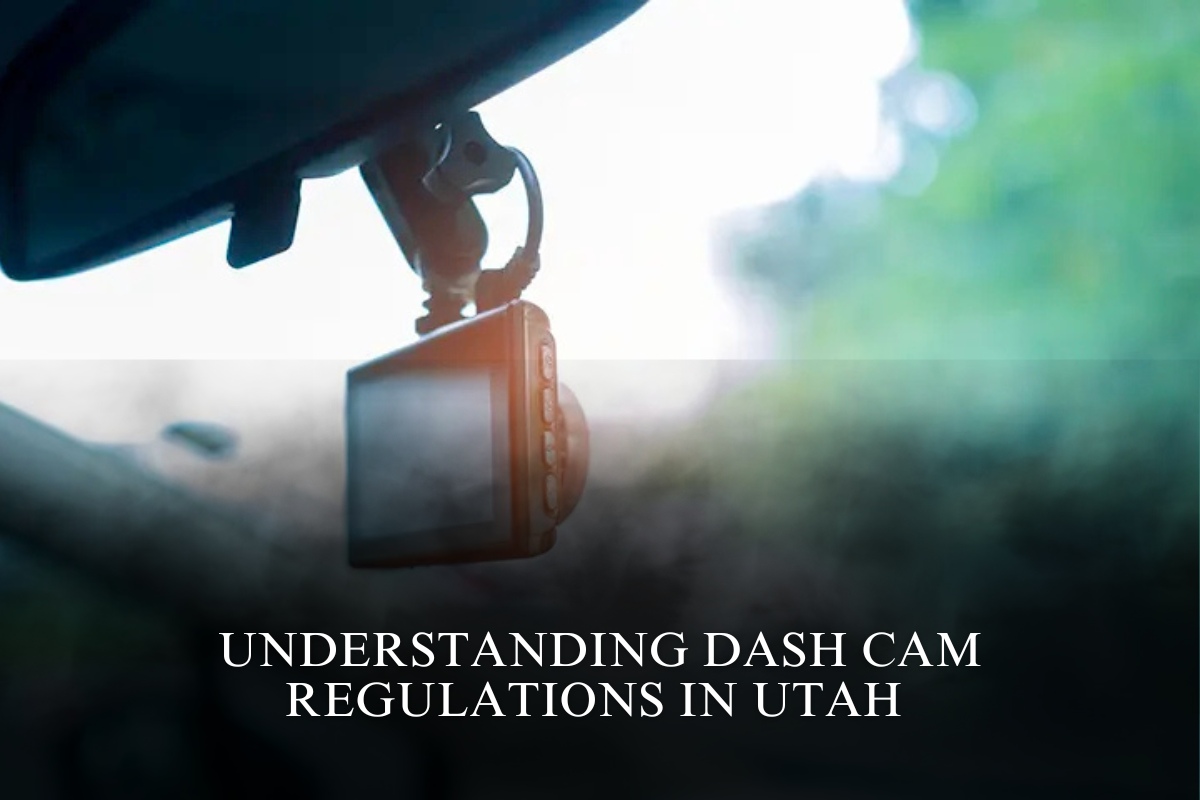Emily Bertram’s nine-year-old daughter has been attending Lights On! Lander since kindergarten. The free program provides supervised academic and enrichment programs from the last school bell until 5:30 p.m., when many guardians leave work.
Bertram’s older son also went to Lights On!, and she can’t imagine how her family would have survived without it, she said. It is dependable, safe, and even provides care during the summer and holidays when there is no school.
“It’s been invaluable,” she said.
So when she learned in July that federal funding for Lights On! had been halted, she felt terrified.
“It would be such a loss to our community,” Bertram said. “There are a lot of people who rely on it.”
The families of 225 children, to be specific. And that’s only in Lander. Programs funded by federal 21st Century Community Learning Center grants provide free and consistent after-school programming to over 6,000 Wyoming children at 79 locations.
Grantees include the Boys & Girls Club in Douglas and the PRACTICE in Torrington. According to data compiled by the Wyoming Enrichment Network, grantees provided summer programs to approximately 3,000 students in addition to those who participated during the school year.
The 21st CCLC funds, as they are also known, were part of a block of federal education funding that was withheld while the Office of Budget Management reviewed the recipients.
In Wyoming, $6.5 million was in limbo for after-school and summer enrichment programs, just one portion of the $24.5 million earmarked for the state that had been frozen.
The news that after-school funding was in jeopardy sparked a nationwide mobilization, with advocates flooding lawmakers’ mailboxes and trumpeting the message that after-school programs improve student achievement, behavior, and safety outcomes.
Twenty-four states and Washington, D.C. have sued the Trump administration. The freeze was eventually lifted, with the U.S. Department of Education notifying states on July 18 that after-school funds would be restored under some new conditions.
The news brought relief to Bertram and other parents, as well as program directors and staff. “We’re very grateful that it turned out OK,” said Ceatriss Wall, director of Lights On! Lander.
The scuffle over after-school care has brought the programs under closer scrutiny — and possibly appreciation — than in the past. When the United States Senate Appropriations Committee released its 2026 bill last week, it included dedicated 21st CCLC funding, which had been removed from an earlier draft. It is currently secure.
That momentum gives advocates hope. According to Wyoming Enrichment Network Director Michelle Sullivan, there is still a significant population of children in Wyoming who do not have access to after-school programs. The Mott Foundation funds the 50-State Afterschool Network, which includes Sullivan’s organization, which was previously known as the Wyoming Afterschool Alliance.
According to Sullivan, three more children would participate in an after-school program for every one that currently exists.
“My real hope as we go forward is that we can really raise awareness about how critical it is to continue to grow the opportunities that do exist for kids,” according to her. “If we just look at the population of school age kids from, say, ages 12 down, that’s a significant amount of kids that are not being served.”
Nonpartisan backing
The 21st CCLC program is authorized by Title IV of the Every Student Succeeds Act. The federal grant program, administered by the state, funds projects to establish or expand high-quality after-school and summer learning programs for students in grades pre-kindergarten through high school.
Currently, 23 CCLC-funded programs operate in 19 of Wyoming’s 23 counties. Programs include the Boost Program, which serves five communities in the Big Horn Basin, as well as After School for Kids Cheyenne and the Teton Literacy Center in Jackson. Many programs work directly with school districts to plan and implement their activities.
“Part of the thing that’s really fantastic about the federally funded programs is they are required to meet a certain set of standards,” Sullivan said. “So there’s enrichment in STEM, literacy, those kinds of things.” Because of that, she said, they are among the more vibrant and robust programs in the state.
Research on after-school programs shows a wide array of benefits to students, including better grades and lower chance of dropping out of high school. A 2023 Department of Education annual performance report looking specifically at 21st CCLCs found that the majority of regular Wyoming program participants saw gains in math, reading and attendance, and decreases in suspensions.
Through the programs, Wyoming kids grow gardens, make stop-motion videos and learn outdoor survival skills. They discover different countries’ cultural practices, study topics like the ocean, receive reading help and participate in activities like swimming.
The federal funds, advocates say, allow certain programs to operate, and others to operate at an enhanced level.
“We would be a glorified daycare without the funding,” Youth Clubs of Park County Executive Director Tiffany Wutzke said in a Wyoming Enrichment Network press release. Youth Clubs of Park County received $120,000 in 21st CCLC funding in 2024, and while the program would continue without the federal dollars, she said, it would be greatly diminished.
According to Sullivan, after-school programs benefit working parents of all demographics and political affiliations. “So it’s never been a partisan issue.”
Instead, it is a workforce issue.
“School-age child care is so critical to working families,” she told me. “A lot of these 21st CCLC programs are the only school-aged child care that exists in those communities.”
The lights off?
Lights are on! For the past 25 years, Lander has worked closely with the school district. The program is open to K-6 students on a first-come, first-served basis. Every school day, approximately 225 children participate.
“Most years we have a small waiting list, but we try to accommodate as many kids as possible,” Wall explained.
She stated that the program receives approximately $460,000 in 21st CCLC dollars each year. Along with after-school programming, it provides month-long full-day camps in the summer and sessions to help preschoolers prepare for kindergarten. Lights On! is also open on many holidays and in-service days, and it provides an Early Bird drop-off option for children whose parents must arrive at work early.
The federal grant requires specific objectives, so Lights On! incorporates an academic component, provides enrichment, and engages families, according to Wall.
The program collaborates with teachers to understand the math and reading standards they are teaching, and its academic component is designed to help students practice the skills they need. However, Wall explained that Lights On! is more than just a second version of school.
“We don’t make it look like the regular school day,” said the teacher. “We really try to stay away from worksheets and Chromebooks, to make it more hands-on, fun, engaging.”
For enrichment, children tend a nearby garden and learn to cook. They create crafts, dance, and listen to guest speakers. They go on field trips to parks and pumpkin patches.
Many of its approximately 30 employees also work for the district as paraprofessionals. According to Wall, this provides continuity for students while also allowing employees to earn much-needed extra money.
Funding threats are not uncommon, but the July freeze was unexpected, she said. That’s because nearly $7 billion for 21st CCLCs was already committed in President Donald Trump’s fiscal year 2025 bill, which he signed in March.
“So it was in the federal budget, and then we got news that they just weren’t releasing the funds,” Wall recalled. “Here we are sitting in July, planning for our school year with this money that we’re supposed to be getting, and then they’re saying, ‘no, sorry, you don’t get it.'”
According to her, what followed was a few weeks of deep uncertainty.
Employees were concerned about losing their jobs. Parents were concerned that they would have to find a substitute for free child care on short notice.
“We had a lot [of parents] come up to us saying, ‘we’re willing to pay, we need your program to keep going,'” said Vivian Brown, Lights On! coordinator. “It was like, ‘We don’t know what we’re gonna do if you guys don’t continue.'”
Her colleague Nicki Kramer confirmed this. “They were very stressed,” she explained.
When the funds were released, Wall said, everyone breathed a sigh of relief.
Mixing Bowl
One strong argument for after-school programs is that they provide safe places for children to hang out during a critical time of day.
“We know risky behaviors happen between the hours of 3-9, when kids aren’t supervised,” Wall told reporters. “And so we’re giving kids a safe place.”
Lights On! provides children with food, engaging activities, and academic support. “So it’s all of those pieces [of safety] — social, emotional, academic, physical.”
Another benefit, according to Wall, is that it places children in a large mixing bowl.
“We have kids of all socioeconomic statuses, IEPs and non-IEPs. There’s a very good mix of kids who aren’t divided in any way,” Wall explained. “Let’s just teach them to be nice to one another. This is another place where they can practice, and our staff is great at modeling it.”
The types of impacts that 21st CCLC grants require reports on are tangible. However, Karen Bierhaus, who manages the Wyoming Department of Education’s 21st CCLC grants, claims there are also intangible benefits.
“The program offers so much to children in terms of relationships with caring adults and opportunities to make friends and feel like they belong,” Bierhaus said in a Wyofile statement. “While that is often harder to measure, I think that is the greatest success of our programs.”
